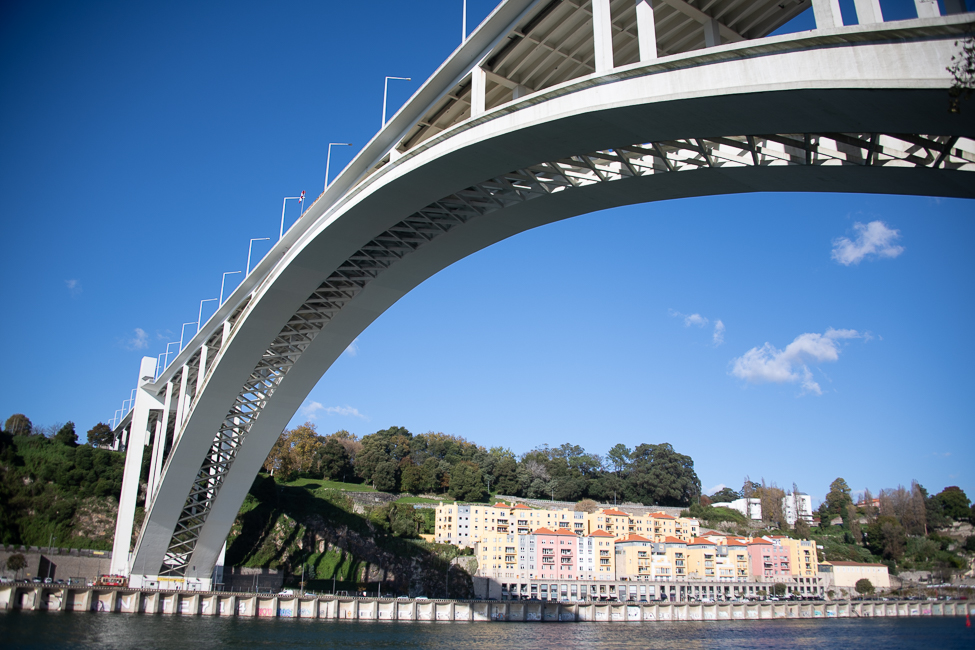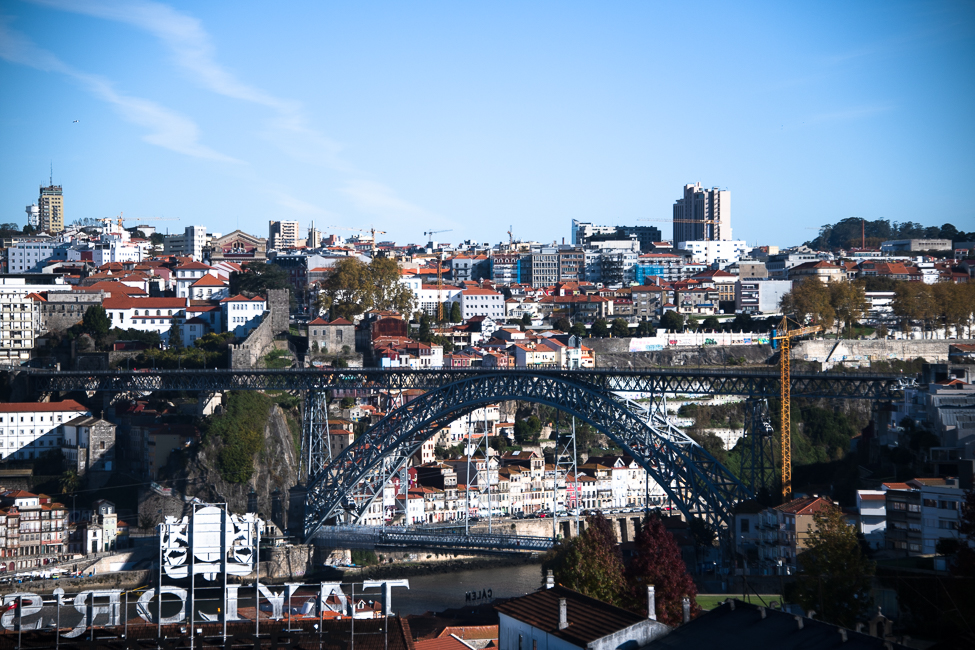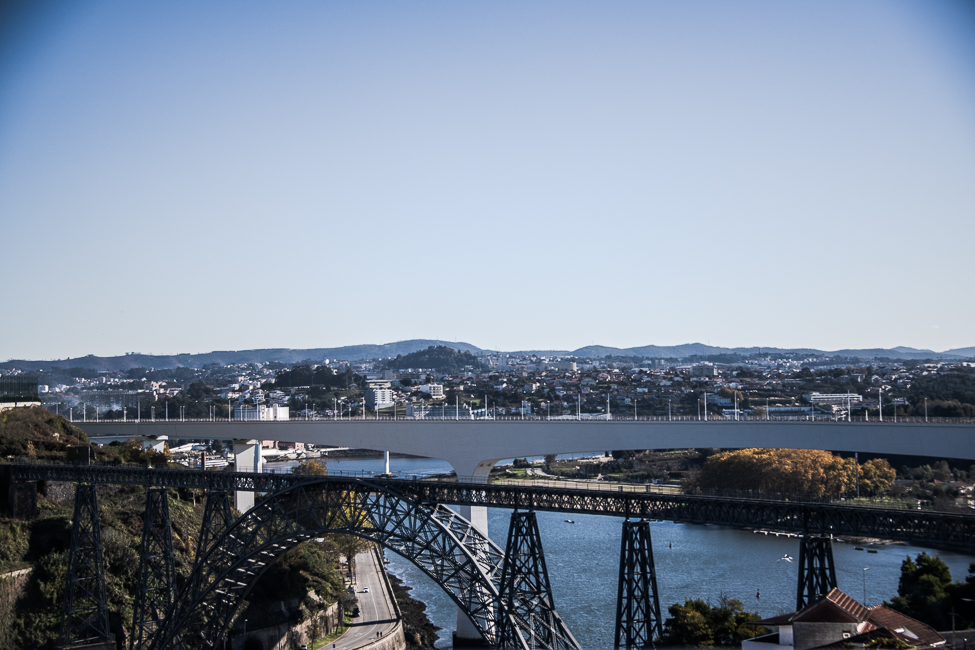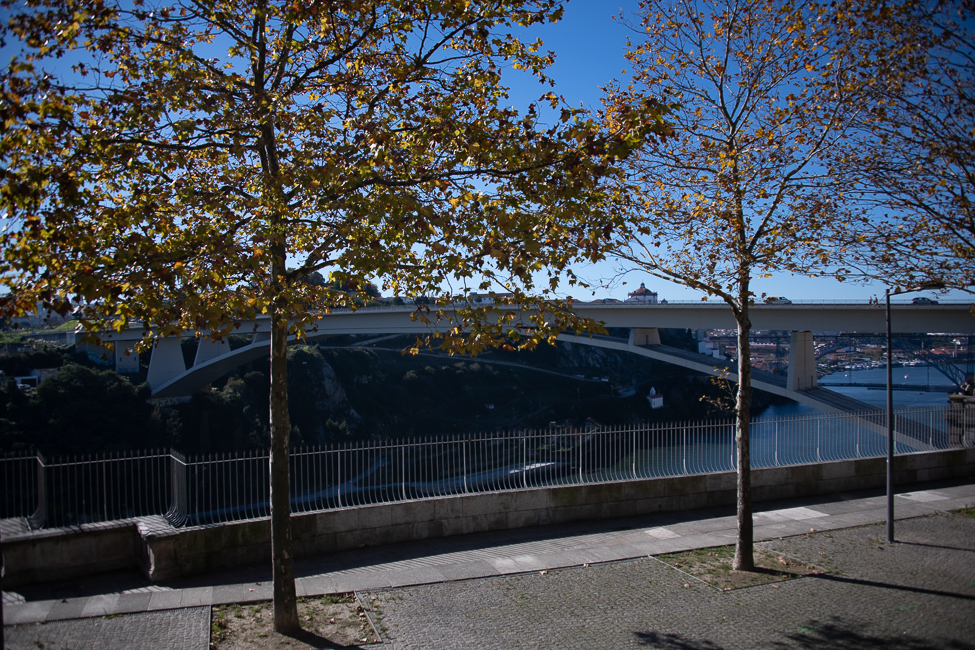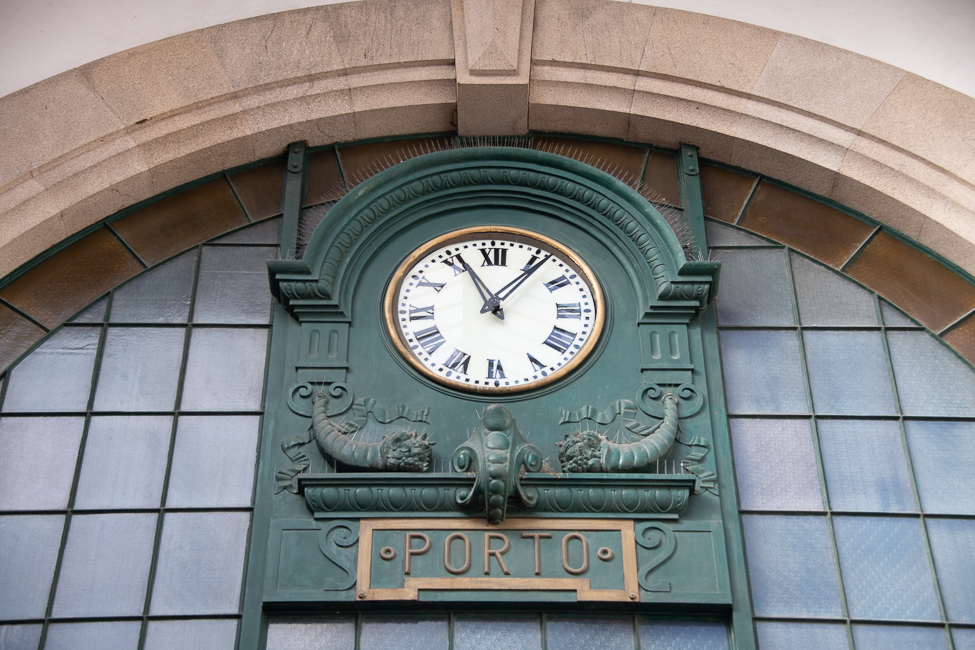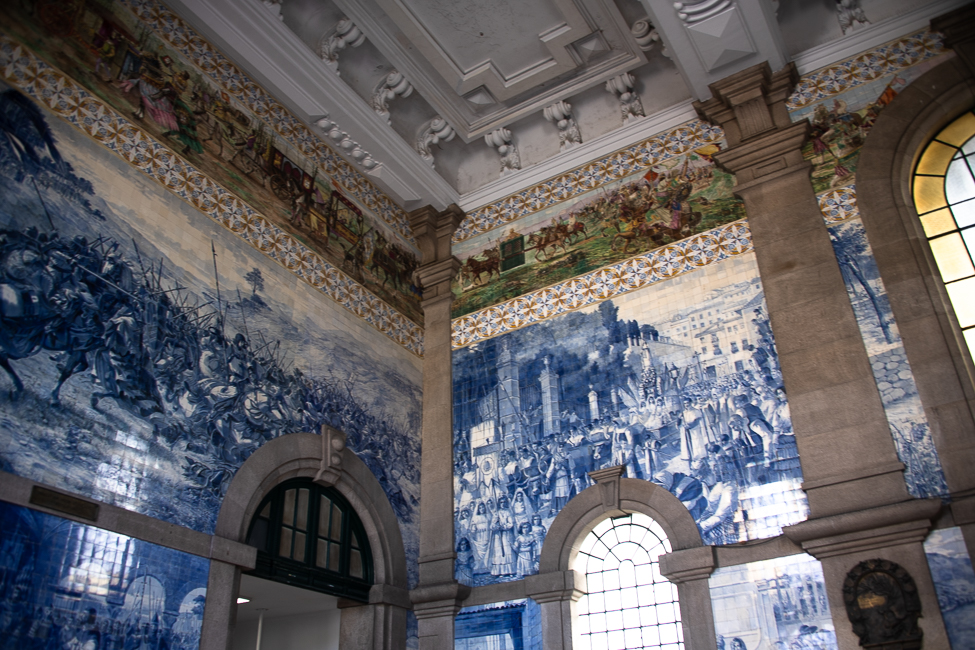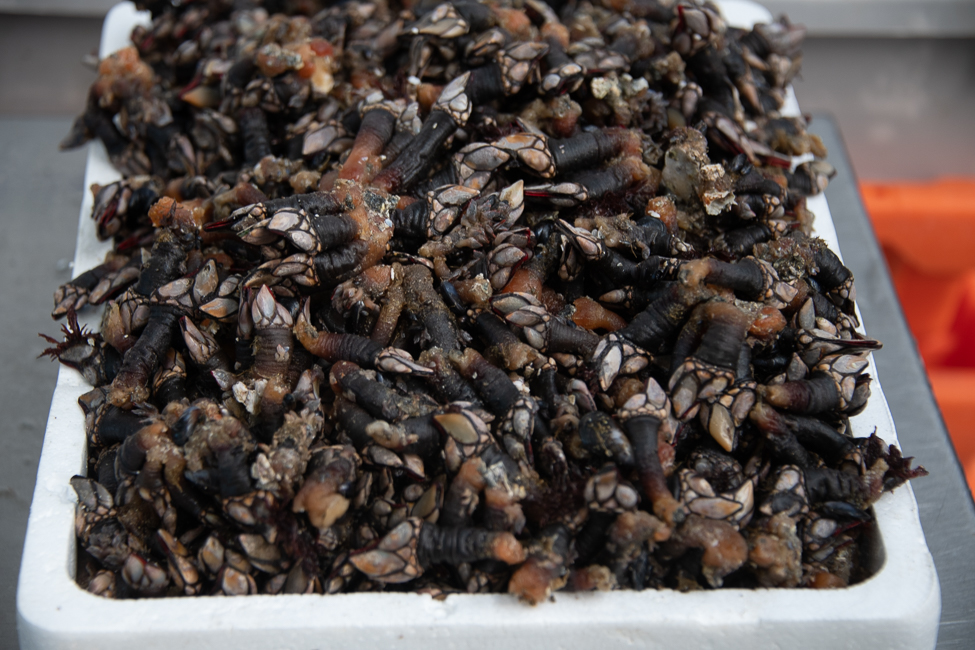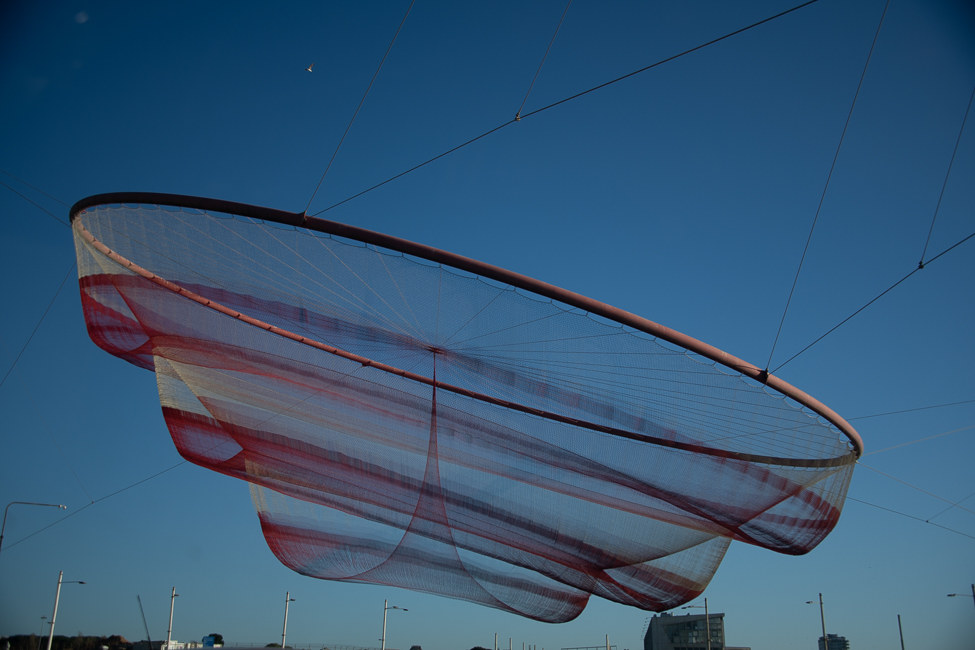November 2021
The Arrabida Bridge was designed by Edgar Cardoso (1913-2000), said to have been the best bridge engineer of Portugal. When it opened in 1963 it had the longest arch in the world for a concrete bridge.
Don Luis I was built in 1886. It connects the city of Porto to Vila Nova de Gaia. It has two levels which were originally meant for automobile traffic. But today the lower level is used by pedestrians and cars, while the upper level is used by the Metro do Porto.
In 1879, Gustave Eiffel presented a project to construct a new bridge over the Douro, with a high single deck in order to facilitate ship navigation. This project was rejected as the town was growing too fast to accommodate the design.
After a competition in which Eiffel participated, the wining architectural team was Société de Willebroek. The construction was overseen by Théophile Seyrig, a disciple of Gustave Eiffel.
The São João
The White Bridge you see in the background of the photo above, is the São João bridge. Opened in 1991 it was also designed by Édgar Cardoso as a railroad bridge
The Infante D. Henrique Bridge is the newest of Porto’s bridges. The simple and yet elegant design with is very thin shape leave travelers jaws to drop.
Designed by a team of engineers led by José Antonio Fernández Ordoñez. The final design set a world record for arch slenderness.
The oldest bridge in Porto is Maria Pia Bridge, also known as Dona Maria. This is the railway bridge you see in the foreground of the photo above. The bridge was built in 1877 and is attributed to Gustav Eiffel. The bridge is such a representation of Porto that even though it has been out of service since 1991, it has not been demolished, and today is a tourist attraction.
Other fun things spotted around town:
São Bento Train Station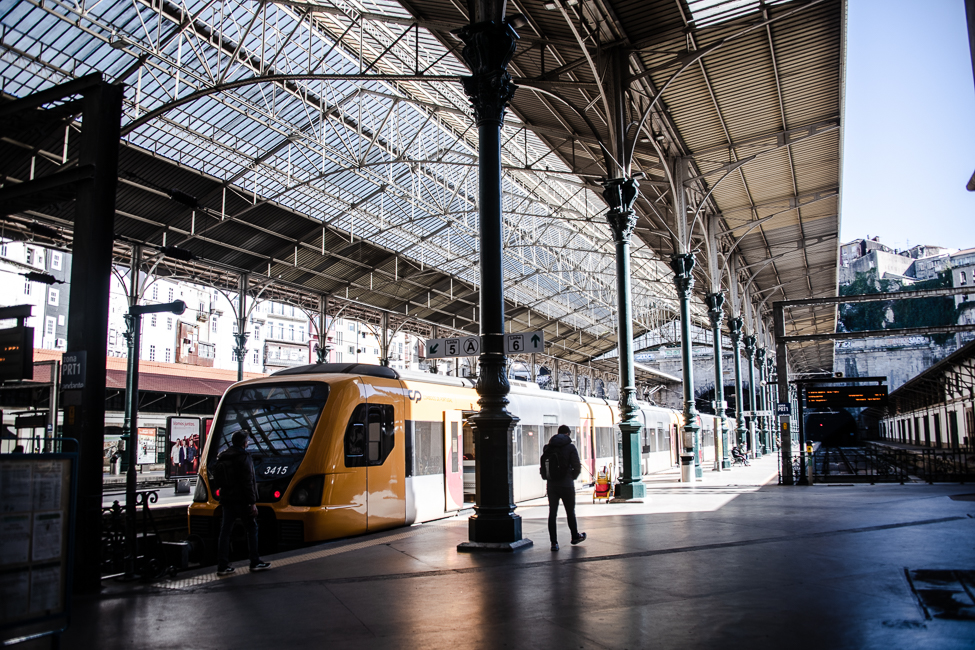
This is the platform of the São Bento train station. It is so stunning in its simplicity, and upon your arrival into Porto, hides what awaits you as you disembark.
Most every wall in the train station is covered with azulejos tiles. The terminal building was constructed over a number of years, starting in 1904, based on plans by architect José Marques da Silva. The large panels of azulejo tile were designed and painted by Jorge Colaço; they were completed in 1916. The murals represent moments in the country’s history and the multicolored panels depict rural scenes of different parts of Portugal.
Located in Matosinhos district of Porto is this fish market. On the upper level are plant shops, some fruits and vegetables and live chickens.
Choose a fish from any vendor, have it cleaned and then have it sent to the restaurant on the ground floor. They grill the fish, and have side dishes, wine and fish of their own that makes a visit to the market a fabulous adventure.
Hovering over a roundabout in the Matosinhos district is this giant red fishing net sculpture.
The present sculpture is of painted galvanized steel and knotted, braided fiber. The sculpture was originally of cloth rope, but around 2007 it began to degrade. it was replaced, at a cost to the artist, with a material that could withstand the winds and salt water of the area.
